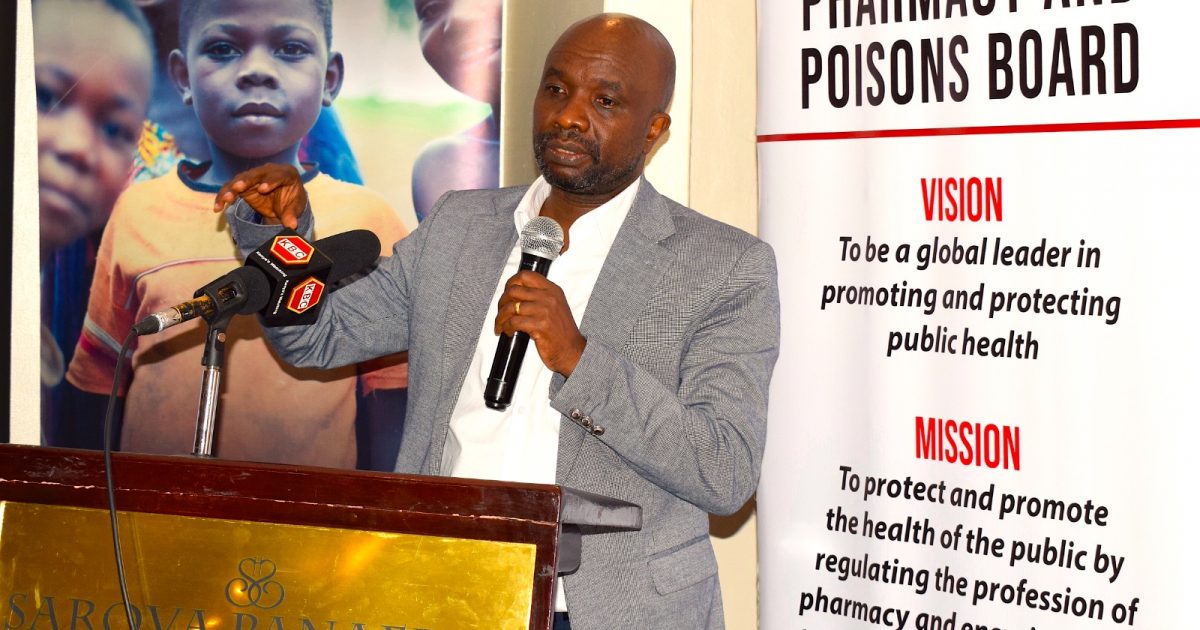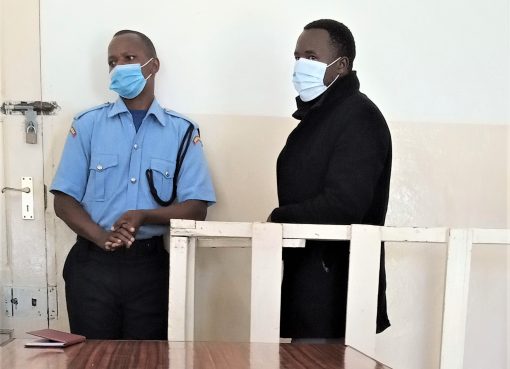The Pharmacy and Poisons Board (PPB) has put in place measures to intensify pharmacovigilance, which is aimed at regulating the practice of pharmacies, manufacturers, and traders in drugs and poisons for public safety.
Pharmacovigilance is the process and science of monitoring the safety of medicine and taking action to reduce the risks and increase the benefits of medicines.
PPB Product Safety Deputy Director Dr. Anthony Toroitich said that the purpose of post-market surveillance (PMS) is to ensure continued safety, efficacy, and quality of medical products throughout their lifecycle.
Speaking in Nairobi on Wednesday during a media sensitization workshop, Toroitich highlighted the benefits of post-market surveillance, which include maintaining and increasing public confidence and trust in healthcare delivery, protecting patients’ safety through reduction of adverse reactions (ADRs), enhancing cost effectiveness, improving clinical outcomes, preventing development resistance, and maintaining treatment regimens or guidelines.
“Substandard medicines, also called “out of specification,” are authorised medical products that fail to meet either their standards, specifications, or both. The characteristics include reduced stability and bioavailability, the presence of impurities, psychochemical products, defect characteristics, and reduced or increased content of the active ingredient,” he said.
Toroitich noted that the factors affecting falsified medicines included inadequate enforcement of laws and regulations, high demand for supply, a high price of medicine, inadequate collaboration, online pharmacies and unregulated websites, and a lack of regulation by exporting countries and within trade zones.
“Falsified medicines can be identified by examining packaging, spelling mistakes, or grammatical errors; checking manufacturer and expiry dates; ensuring details in the outer packaging match those in the inner packaging; ensuring medicine looks correct, is not discoloured, degraded, or has no unusual smell,” he revealed.
PPB member Dr. Martha Mandale said that they regulate health products and technologies in order to protect public health, ensure access to safe, effective, quality health products, and maintain confidence.
She said that the system of the National Pharmacovigilance in Kenya is a national reporting system with reporting tools that include paper-based and electronic systems.
“The national database system for collating and managing reports and a national safety advisory committee comprises the National Vaccine Safety and Advisory Committee (NVSAC) and the Pharmacovigilance Expert Review and Advisory Committee (PERAC),” she explained.
Mandale acknowledged that during the monitoring of the safety of medicine lifecycle, PPB first tests the drug on animals where they do doze and toxicity level, which they later confirm on safety and whether the medicine works on people to over 3000 patients, after which the NRA approves the medicine for use.
She stated that safety monitoring is done in order to identify any new or changing risk as quickly as possible and take action, while adding that all medicines have benefits and risks, and during approval, the evidence comes from clinical trials, which, after approval, are used in real-life conditions by a larger population.
Mandale said that upon having a side effect or adverse event that can only occur with vaccines and medical devices such as needles, a person is required to report via mobile phones, USSD code *271#, mPvERS App, and Electronic Reporting System II (PvERS II), and thereafter, all reports are only processed by the pharmacovigilance officers in complete confidence.
While highlighting the roles of the public, a Pharmacovigilance Specialist at the Pharmacy and Poisons Board, Dr. Pamela Nambwa, said that a person on any medication should take the medicine prescribed by the doctor, report the side effects of the medicine, including no effect, to PPB through the report channels, and immediately seek medical attention at the nearest health facility if any undesired effect is observed.
She also highlighted the role of PPB, which includes conducting audits and inspections of the pharmaceutical industry, advocating for training and education on pharmacovigilance related issues, providing feedback to stakeholders on reported events through Quarterly PV summaries, collecting, accessing, analysing, identifying signals, and communicating safety information related to HTPs authorised by the board.
Additionally, she said that the role of media in enhancing patient safety is to address public concern, fears, and misconceptions, to alleviate anxiety, build confidence in the health care system, and advocate for healthcare accountability, among others.
Healthcare providers should report all suspected adverse events to the Board and detect appropriate clinical management and treatment of patients presenting with adverse reactions, among others, Dr. Nambwa noted.
By Sharon Atieno




